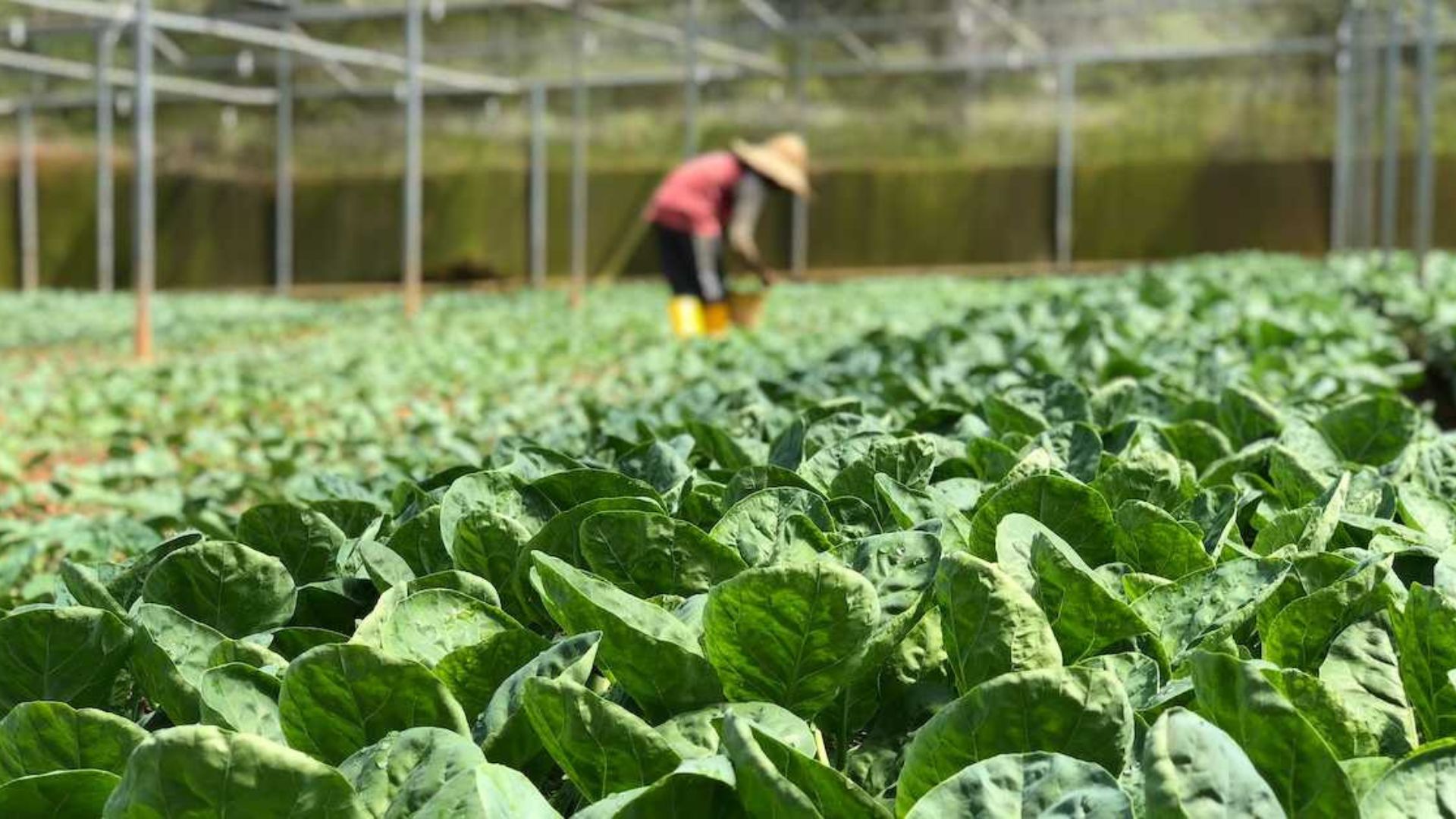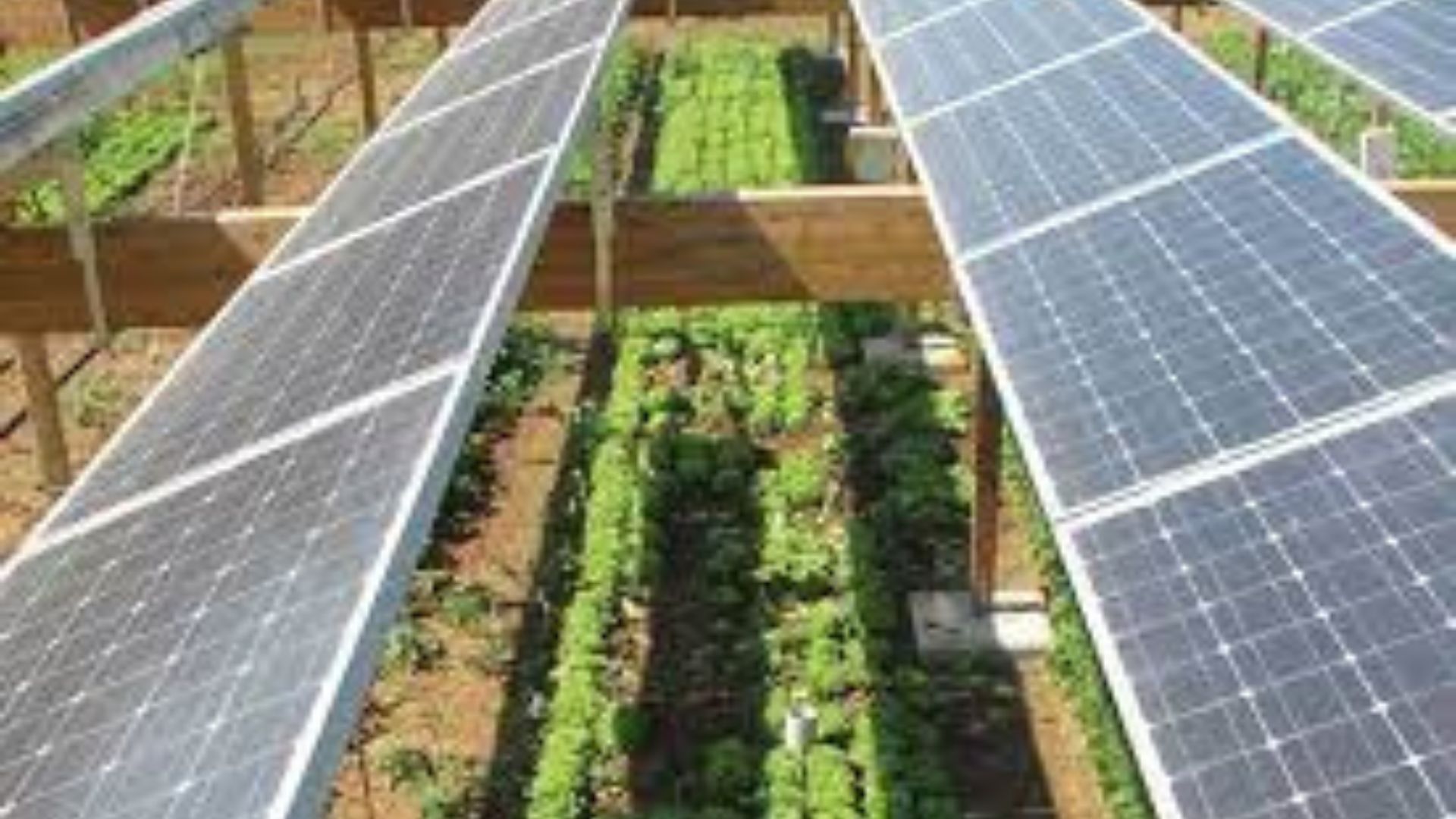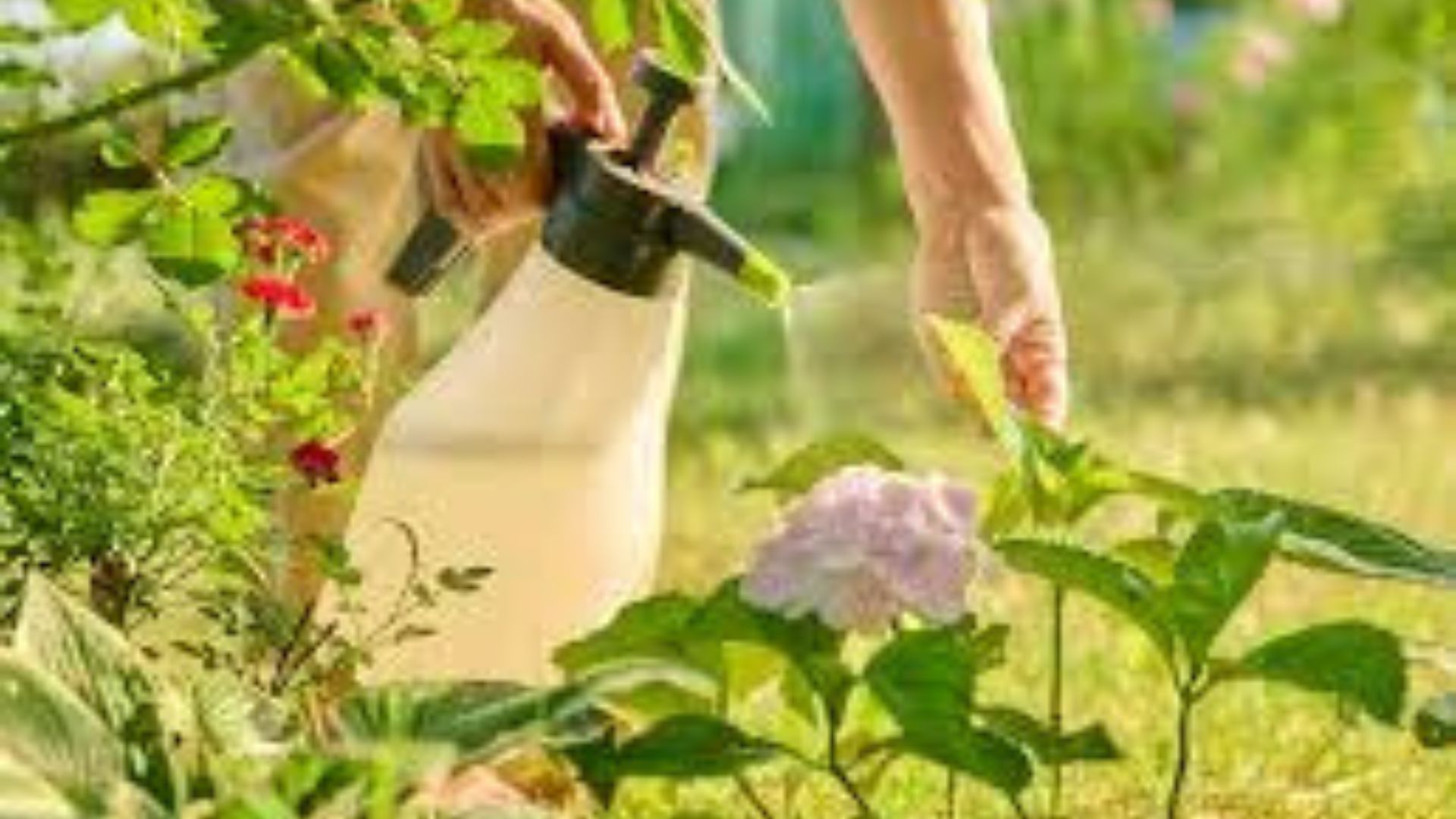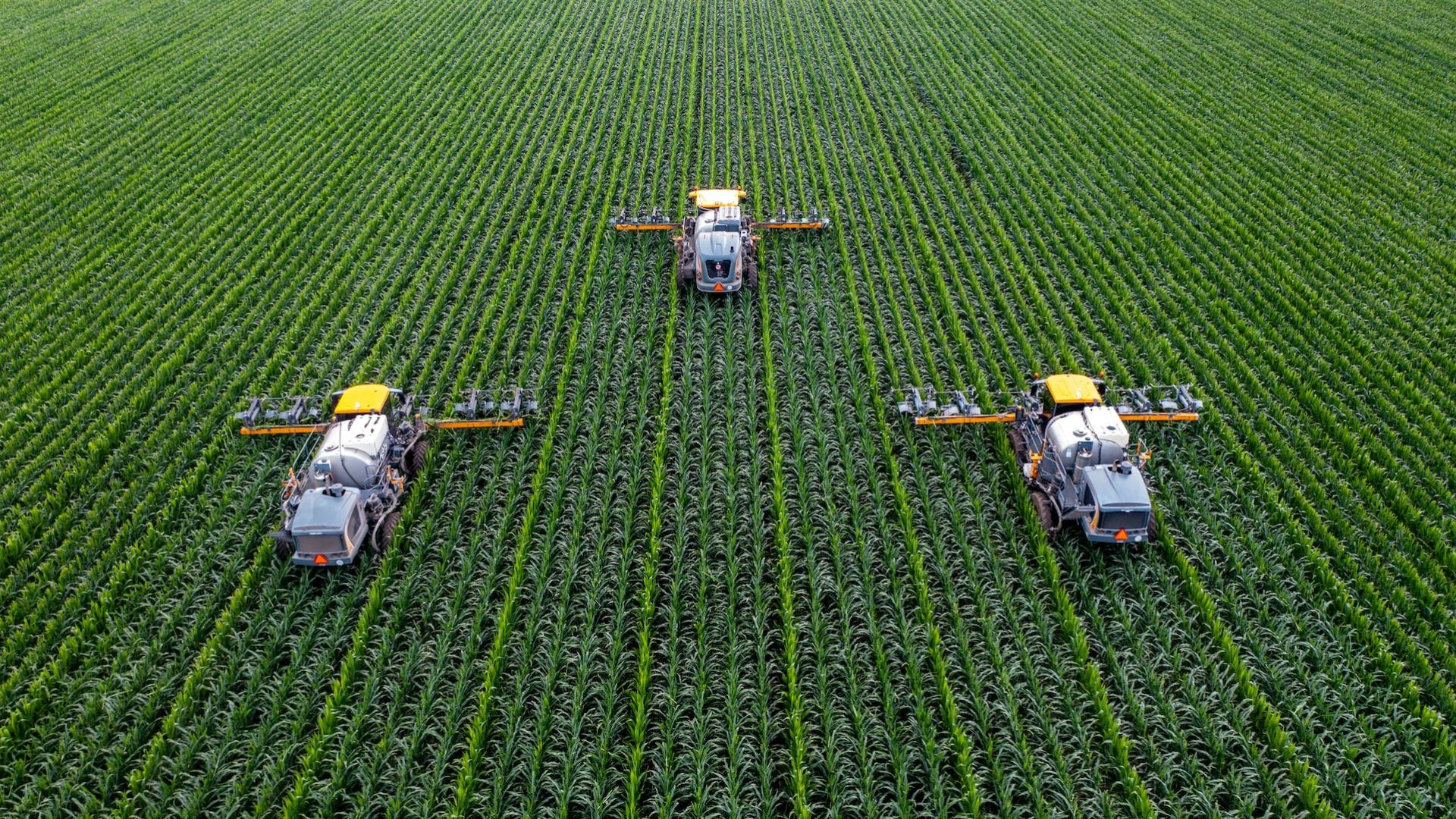Small green farms have a great chance to earn good returns by choosing the right crops. With rising demand for healthy, sustainable, and local produce, certain crops are especially profitable. This article will walk you through what to look for, some high-potential crops, and how to pick the ones that match your farm.
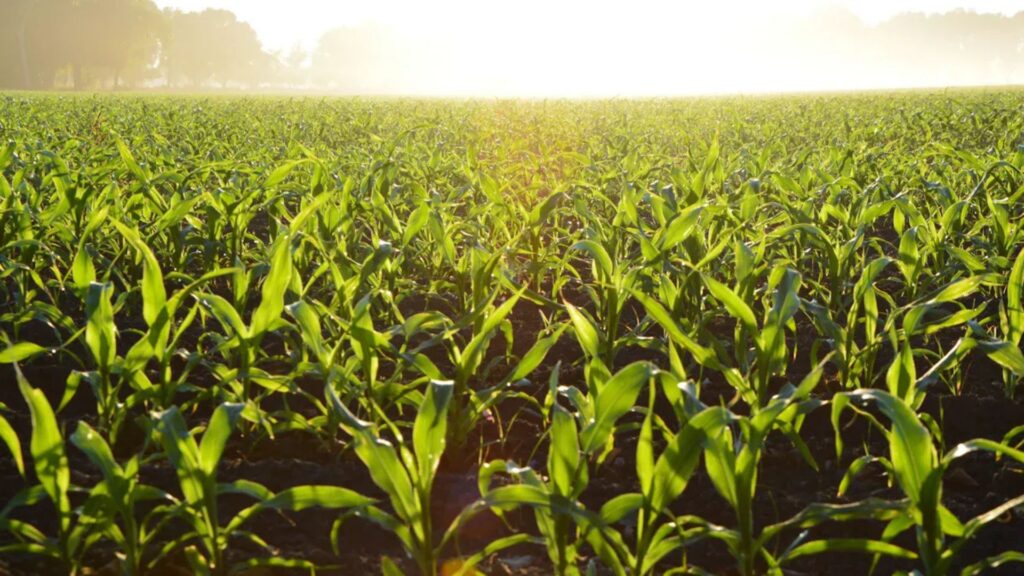
What to Consider Before Picking a Crop
To make sure your crop is profitable, think about:
-
Climate and soil: Does the crop do well in your region’s temperature, rainfall, and soil type?
-
Water availability: Some crops need a lot of water; others can do well with less. With climate change, water use matters.
-
Market demand: Local demand matters. Can you sell locally, to restaurants, to supermarkets, or export? Premium niches like organic or specialty produce can fetch higher prices.
-
Time to harvest: Fast-growing crops can bring income quicker and reduce risks.
-
Cost of inputs: Seeds, fertilizers, pest control, etc. Using green methods might lower input cost, but some novel crops require special inputs.
-
Labor and handling: Some crops need careful handling, careful packing, or special post-harvest care. These costs can eat profits if not managed well.
-
Certification or quality standards: If you aim for organic, export, or niche markets, certification may cost more but bring better prices.
Top Profitable Crops in 2025 for Small Green Farms
Here are some crops with good profit potential for small green farms, especially if you use eco-friendly practices.
Microgreens
Microgreens are young vegetable greens harvested just after they develop first leaves. They grow quickly (often in 1–3 weeks), use little space, and fetch high prices, especially for restaurants or premium markets. In Zimbabwe, greenhouses producing microgreens are already making good income.
Specialty Herbs
Herbs like basil, thyme, rosemary, mint, cilantro/coriander, and other medicinal or culinary herbs are in demand, locally and abroad. They also generally need less space, and with good quality and handling, can be sold at high margins.
Gourmet / Edible Mushrooms
Mushrooms like oyster or shiitake grow in less space, often indoors or in shade, and have short cycles. They fetch premium prices. Their growing conditions may require more vigilance, but profits can be good.
Specialty Fruits
Fruits that are trending or that can be sold fresh or for export—such as avocados, blueberries, citrus, and some exotic or niche fruits. These often require more waiting time (trees etc.), but once established they can deliver returns.
Organic Vegetables
Organic vegetables are increasingly in demand. Vegetables like tomatoes, lettuce, cabbage, carrots, onions, and leafy greens under organic practices often fetch a premium over conventional ones. Rapid harvest cycles, repeat planting, and high turnover make them good for small farms. M&J
High‑Value Spices / Specialty Peppers
Spices like ginger, turmeric, specialty chilies, paprika, etc., tend to bring high margins, especially in niche or export markets. Their market value tends to be high compared to raw staple crops.
Ancient Grains / Drought‑Tolerant Crops
Crops like millet, sorghum, cowpeas, and pearl millet are good, especially where rainfall is unreliable. They often do well with less water, resist heat, and increasingly, markets are opening up for products from such grains.
How to Choose the Right Crop for Your Farm
To pick the best options for you, follow this process:
-
Test on a small scale first
Try planting a small plot of a new crop to see how it grows under your soil and climate. Monitor yields, costs, and ease of harvesting. -
Observe market channels early
Research prices locally. Talk to buyers, restaurants, and shops. Understand what they will pay, and what standards they expect. -
Consider mixed or rotation planting
Don’t put all your land into one crop. With multiple crops, you spread risk and improve soil health. Rotating helps reduce pests and diseases. -
Manage post‑harvest and quality carefully
Even if the crop is profitable, losses after harvest (due to poor handling or storage) can reduce profit significantly. Good packaging, fast transport, reducing spoilage, etc., matter. -
Adopt green/sustainable practices
Because input costs can rise, using compost, natural pest control, drip irrigation, green manures, etc., helps reduce costs and may appeal to premium buyers. -
Plan for scale and sustainability
Think ahead: market growth, possible export, certification, cost of inputs, labor demand. Planting a tree crop means waiting years—plan finances accordingly.
Conclusion
2025 presents many opportunities for small green farms to grow profitable crops—especially those aligned with sustainability, organic standards, specialty markets, and local demand. Crops like microgreens, herbs, organic vegetables, specialty fruits, spices, and nuts stand out as promising.
Success depends not just on crop choice, but also on good planning: understanding market demand, controlling costs, managing post‑harvest losses, and using eco‑friendly techniques. With careful selection and good farming practices, small green farms can achieve solid profits while helping the environment.






